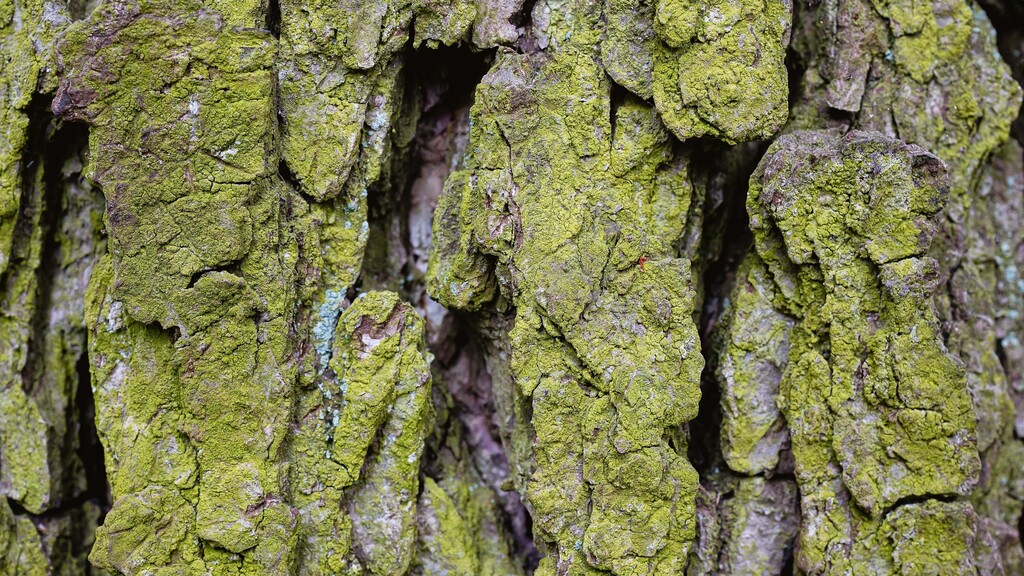From deciduous, coniferous and mixed forests to dry, mangrove or tropical rainforests. For all their diversity and variety, forests have one thing in common: they are extremely important for our climate, provide a habitat for the majority of animal and plant species found on earth and have positive effects on and for us humans.
Why forests are important for the climate
Forests help to protect the climate by absorbing CO₂ during photosynthesis and forming wood from it. The older and more natural a forest is, the more efficiently it filters CO2 from the air and the more important it is for nature. On average, about 10 to 11 tonnes of the greenhouse gas are stored per hectare of forest each year, and thus about 3.4 trillion tonnes of carbon are stored long-term in forest soil and trees worldwide. In Germany alone, this figure is around 4 billion tonnes of CO2. This makes them one of the largest carbon sinks on land, although they only cover just under 30 % of the land surface. If you add the stored carbon in forest soils, the amount stored even exceeds the amount of carbon in the atmosphere. They are therefore gigantic carbon reservoirs and their preservation is one of the decisive factors in preventing global warming from progressing. For they absorb around one third of the greenhouse gases emitted worldwide each year.
Forests provide habitats for countless animal and plant species. For example, forests harbour the most species of all terrestrial habitat types - around 80 % of all terrestrial species are at home in forests and they are home to more than four-fifths of all known animal and plant species outside the oceans. This makes them the most species-rich habitats in the world! However, a large part of today's forests has already been severely fragmented by man or eaten up by land encroachment. This not only makes a forest more susceptible to drought and fire, but also gradually deprives the animals living there of their livelihood. But the loss of forest and the severe fragmentation and fragmentation is also making itself felt here. The animals living in the forest are gradually being deprived of their livelihood. Compared to 1970, there are already 53% fewer forest vertebrates on earth today.
Other ecosystem services
- Rainmakers: Forests regulate precipitation and are part of the water cycle. They absorb moisture from the soil through their roots and release it into the air through their leaves, thereby creating rain clouds and influencing the weather. In one day, a large tree can absorb up to zhu 370 litres of water from the soil and release it back into the atmosphere. Evapotranspiration, i.e. the evaporation of water by raindrops on leaves, causes about 40 % of our rain on an annual average. Scientists have also been able to show that air that has passed over tropical rainforests produces two times as much rain as air that has passed over less densely vegetated regions. Without coastal forests, it could look like a desert in the interior of our continents, according to the research, because the clouds would have already rained off beforehand.
- Soil protection: Forests protect the soil from erosion by wind or water and are thus important for maintaining fertile soil. In addition, their root system strengthens the soil so that the likelihood of landslides or avalanches can be reduced.
- Water conservation: The forest floor is an ideal water reservoir - one square metre of forest floor stores up to 200 litres of water - and thus reduces surface runoff. When its storage capacity is exhausted, the water, filtered through the soil, runs off and increases the groundwater supply. Forests also ensure that precipitation penetrates the soil more slowly, as it is first absorbed by leaves or needles. This can reduce the overall risk of flooding.
- Temperature equalisation: Contiguous forest areas are huge air-conditioning systems. Solar energy radiating onto the leaf crowns is converted into water vapour, which has a cooling effect on the atmosphere. Due to lower solar radiation, evaporative cooling and higher humidity in the forest, cooler temperatures of 3 to 6 degrees can also be measured compared to the outdoors and 4 to 8 degrees compared to cities.
Support forest protection projects now!

